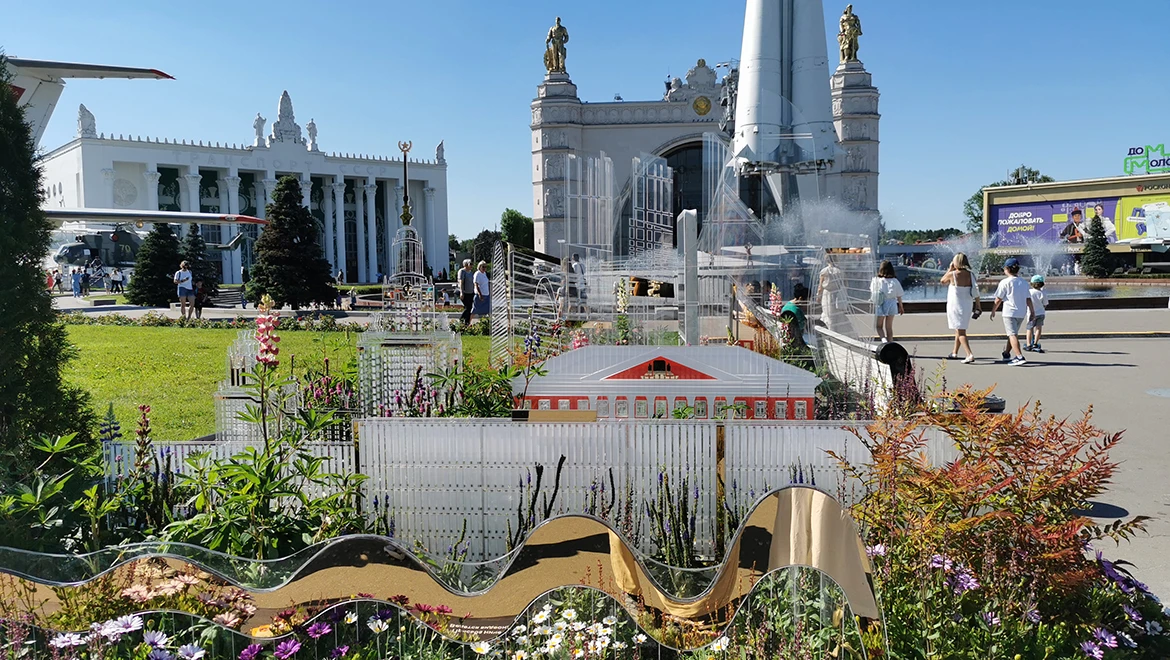Come to my land. Orel region
The Orel region, known as the "central land,"
encompasses dark forests, lush meadows, and windy steppes. These plants are
featured in the landscape exposition.
At the heart of the Orel region’s composition is the art
object "Book," surrounded by blooming meadow and steppe grasses. This
presents two main treasures of the Orel region: the book symbolizes the
literary and scientific heritage of the region's famous natives, while the
surrounding meadow and steppe grasses represent the region's diverse nature.
The book is a multifaceted and multi-layered symbol, an
allusion to the main cultural wealth of the Orel region. The region is the
birthplace of a whole array of writers, scientists, public figures, and
politicians. The book is also a symbol of knowledge, representing accumulated
experience for building the future. Finally, the book symbolizes the flight of
imagination and the limitless possibilities that literature offers. The
mirrored pages of the book reveal the natural riches of the Orel region, inviting
viewers into the endless meadows and fields.
As a botanical symbol, the Orel region features the snowdrop
anemone. This delicate yet resilient flower thrives on the slopes of the
region's steppe ravines. In the European part of the country, only the Orel and
Tula regions can boast an abundance of the snowdrop anemone (or windflower).
Along with the RUSSIA EXPO, the flower festival is also coming to an end.
The "Future in Flowers" festival continues at the RUSSIA EXPO, where unique flowerbeds from all regions of our country can be seen at the "Space" pavilion until July 8.
The RUSSIA EXPO concludes on July 8, and with it, the flower festival will also come to an end.





